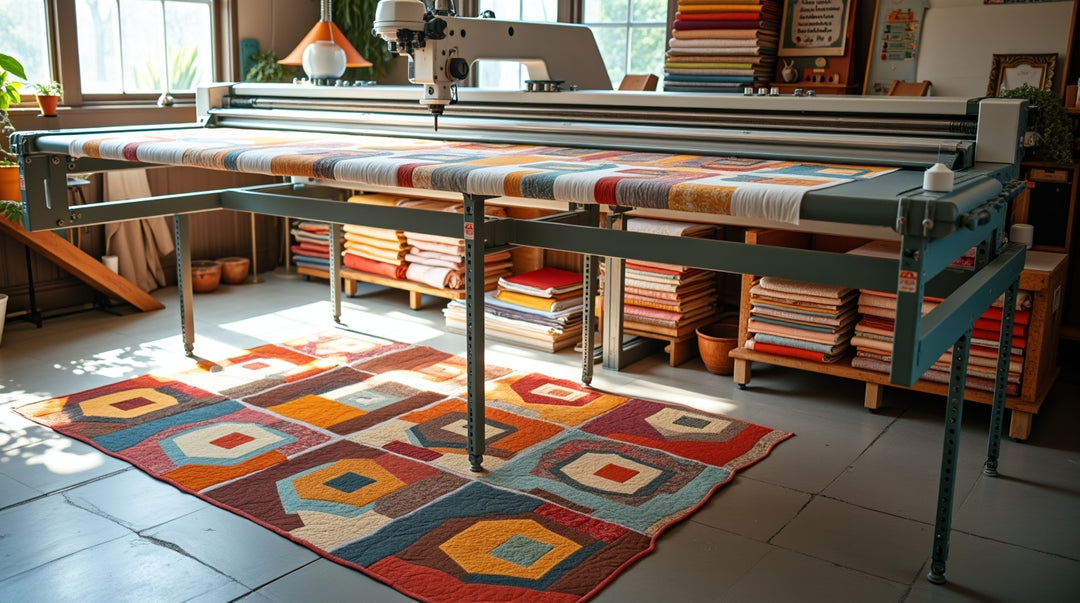No More Knots: Cross Stitch Secrets Every Stitcher Should Know
No More Knots: Cross Stitch Secrets Every Stitcher Should Know
Cross stitching creates a zen moment for me. When I stitch, I focus on the feel of the thread through my fingers and the picture that is taking shape in front of me. It requires patience and attention to detail. During that time, my mind has no room for the troubles of the day or the next problem to solve. I am creating art, and it has my full attention.
But if there is one thing that can snap me out of this calm, it is knots. Even the best DMC embroidery floss will twist and tangle on occasion. Floss is made of cotton, which means it can easily catch on itself or twist on the back of the fabric, creating a knot that is sometimes impossible to undo. I will admit that I have knotted so badly on some projects that I had to cut the floss and restitch entire sections.

Over the years, I have learned several tricks to reduce knotting. No method is completely foolproof, but if you follow these strategies you will spend less time untangling and more time enjoying your stitching.
1. Cut Shorter Lengths of Floss
Long strands twist more easily. Keep your floss to about 18 inches or less. Shorter lengths help maintain consistent tension, which makes your finished project look smoother.
2. Separate the Strands Before Stitching
Most embroidery floss comes as six strands bundled together. Even if you are using more than one strand, pull them apart individually before rejoining them. This reduces the built-in twist and prevents tangling.
3. Try a Thread Conditioner or Beeswax
Products like Thread Heaven or beeswax coat the fibers, helping them glide through the fabric with less friction. I use this mainly with metallic or specialty floss, but some stitchers prefer it with cotton threads as well.
4. Let the Needle Dangle
As you stitch, your thread naturally twists. Every so often, hold your work up and let the needle hang freely. The thread will unwind on its own, saving you from future knots.
5. Choose the Right Needle Size
A needle that is too small forces floss through the fabric, creating friction. If you are using a kit, the included needle is usually the correct size. Here is an extra tip: gold-plated needles glide more smoothly and are less likely to snag.
6. Use the Loop Start Method
When stitching with an even number of strands, fold the floss in half and anchor it with a loop start. This keeps the tails secure and reduces tangling at the back of your fabric.
7. Keep Your Hands Clean
Dry or rough skin can catch the floss. Wash your hands before stitching, but avoid lotions right beforehand since residue can transfer to the fabric. Smooth, clean hands make stitching easier.
8. Store Your Floss Properly
Skeins can knot before you ever thread a needle. Wind them onto bobbins, floss cards, or drops. Pro tip: with DMC floss, pull from the end with the UPC label for a smooth draw. The opposite end is more likely to cause knots.
9. Stitch in Good Lighting and at a Steady Pace
Poor lighting and rushed stitching often cause thread to twist. Slow down, enjoy the rhythm, and you will notice fewer tangles and a more polished finish.
Knots are part of the stitching journey, but they do not have to steal your joy. By practicing these small habits, you will keep your thread flowing smoothly and your project looking professional.

Happy stitching!






Leave a comment